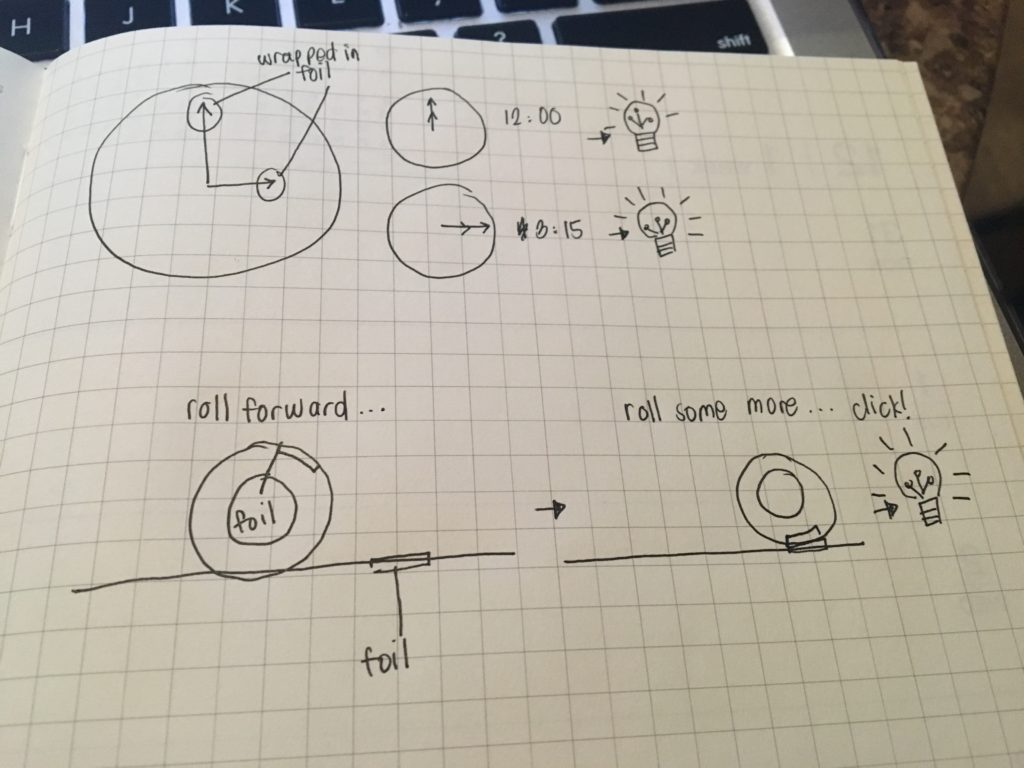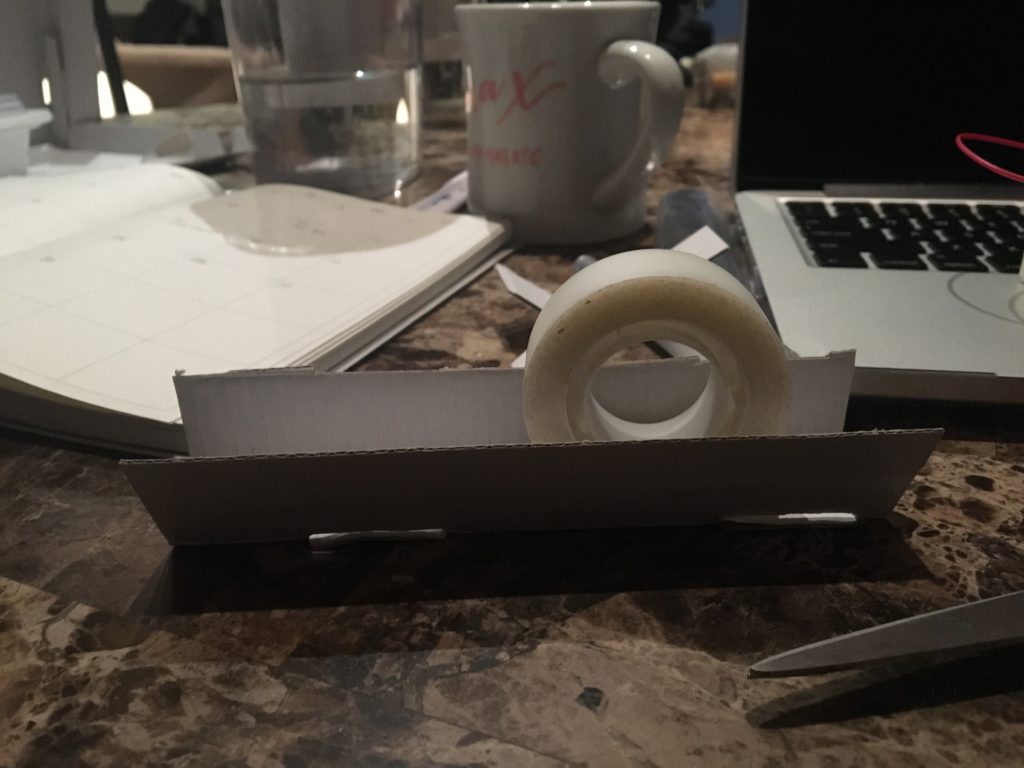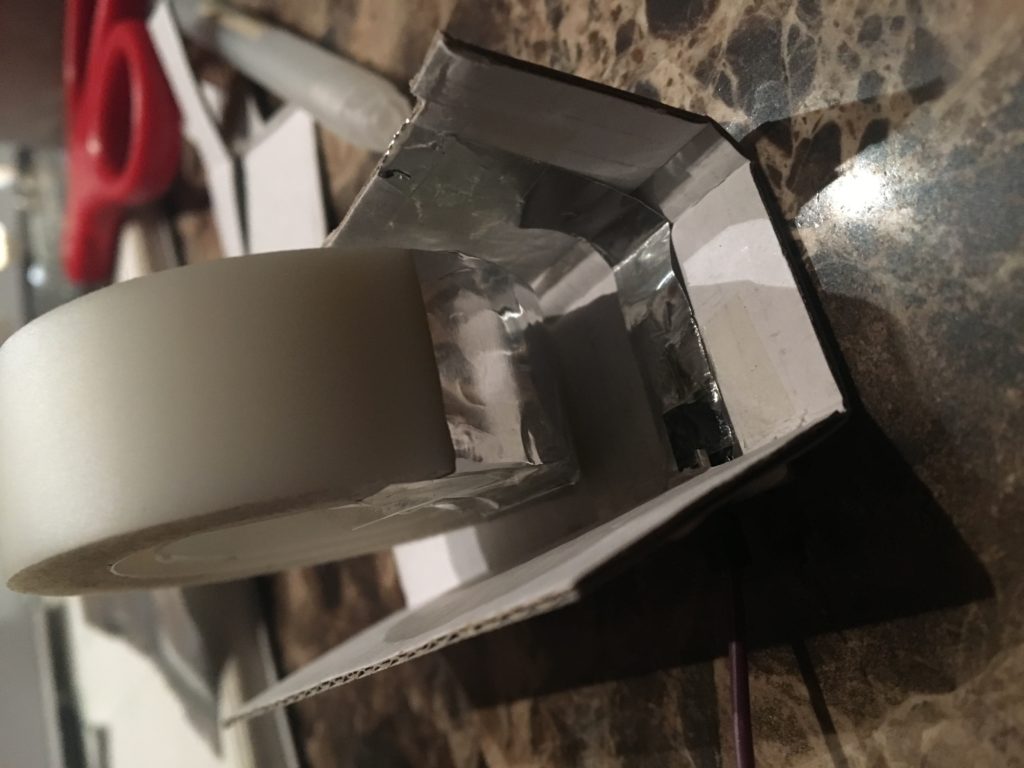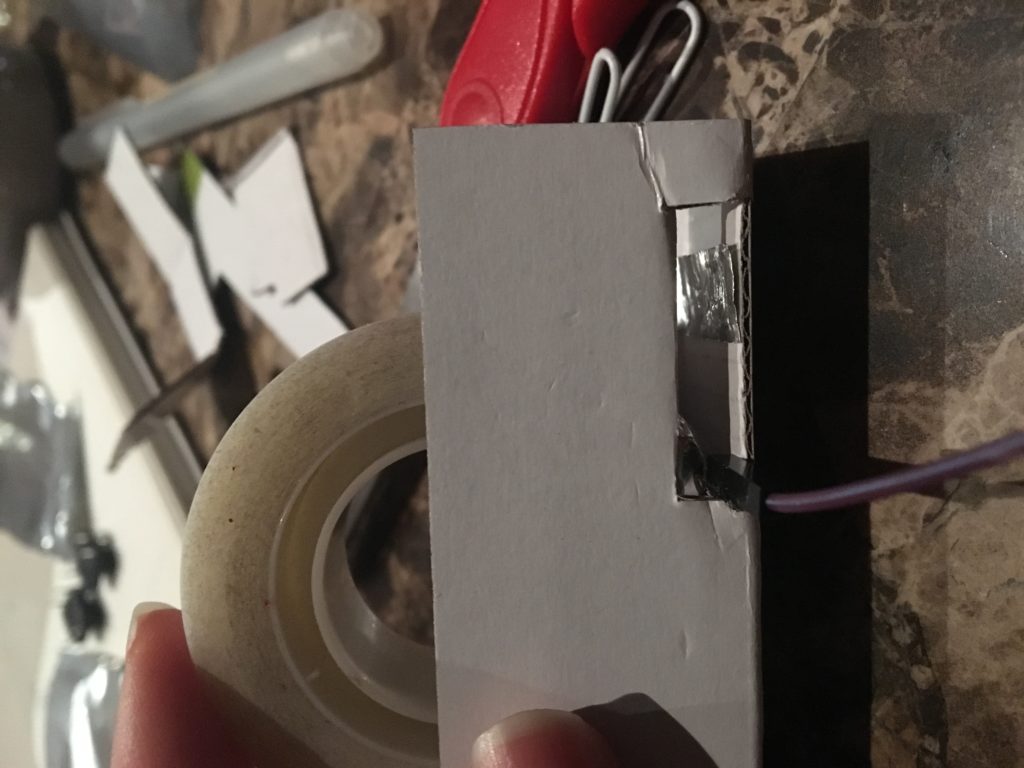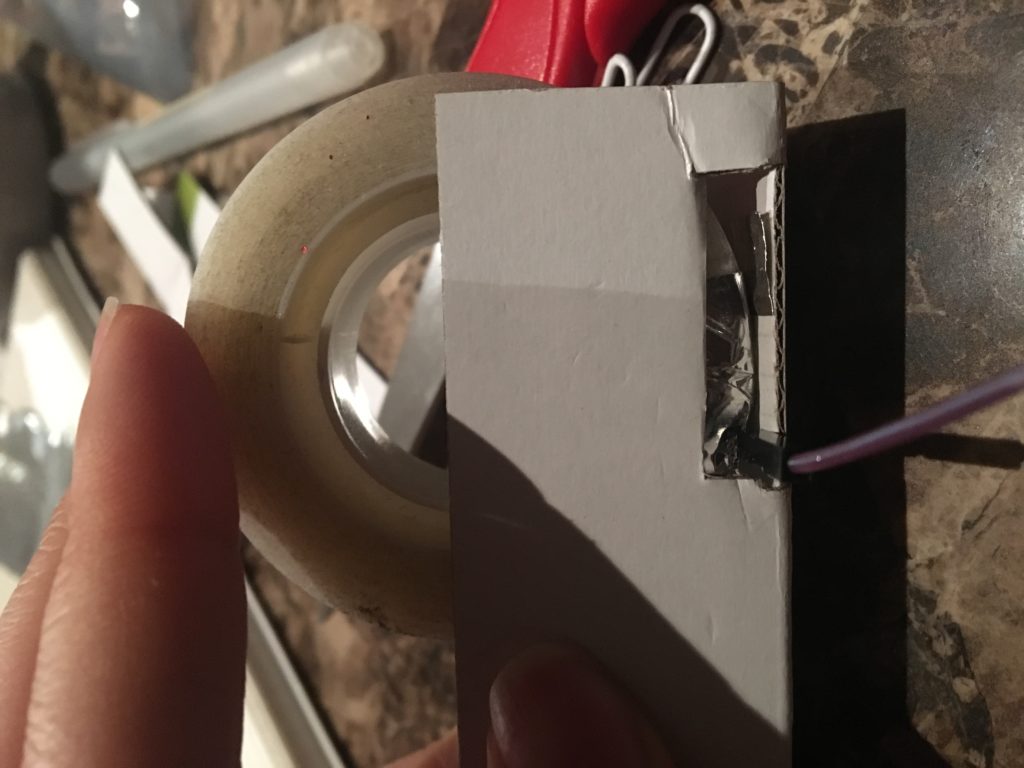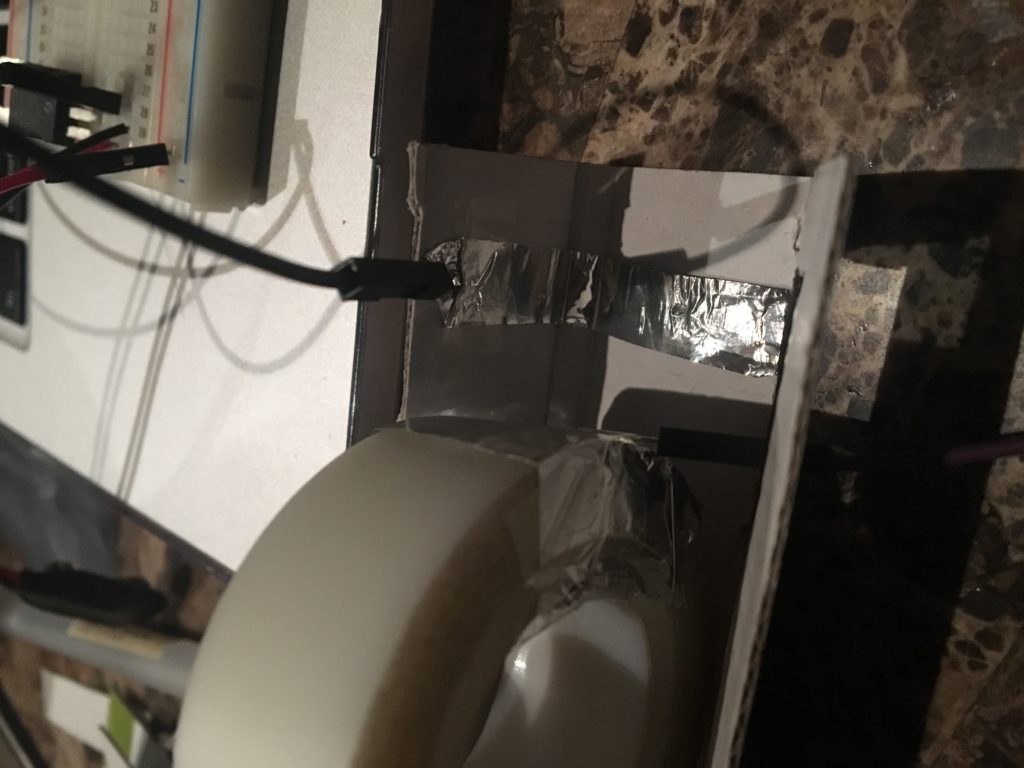Last night, I observed my friend operate the elevator of an apartment building in Chelsea. She and I had the goal of getting to the ground floor of the building, coming from the 5th floor.
First she pressed on the button to ‘call’ the elevator car. Once we walked in the elevator, I noticed how she was already positioning herself to get out of the car (think about how people organize themselves in front of subway doors as the train approaches a station). To get to the 5th floor earlier that night, the guests had already had the surprise of using the building’s front-side elevator (90 degree exit) which I would say is a format that isn’t commonly found in buildings in the city.

The first thing we noticed was that the interior had a wood-finish– doors, walls, ceiling, and floor. This design decision made the elevator feel warm and homey; however, it also made the elevator feel smaller than it actually was and darker because the wood didn’t absorb the ceiling lights very well. This caused her to survey all four sides of the car to see where the doors would open to the ground floor. While the affordance of controlled transport (of moving up and down) is provided by the control panel holding all the buttons, the affordance of entry and exit is provided by the opening and closing of doors. As for the two-sided, two-panel center parting elevator doors, the signifier would be the car’s sill line.
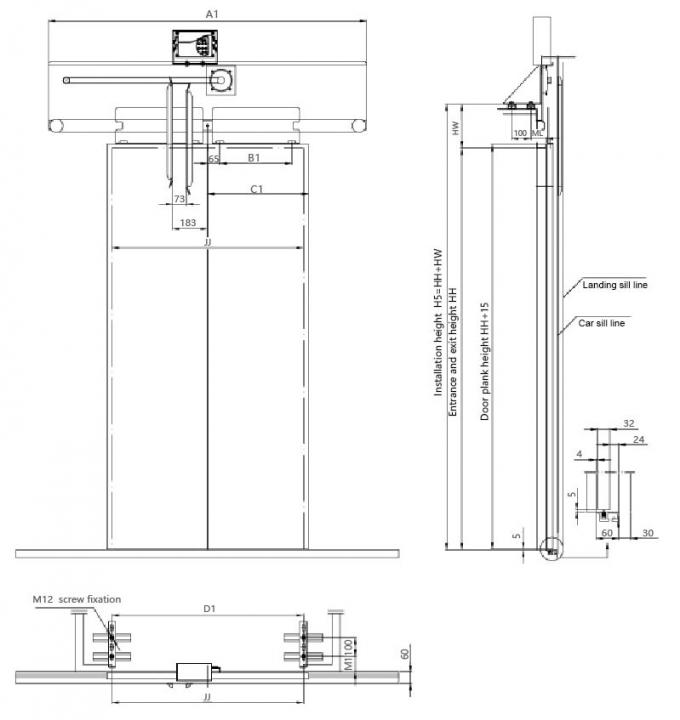
Because elevator doors need not be manually opened or closed, there were no door handles extending from the surface. The dark interior and perceived tightness of the room confused my friend who was deciding which direction to face to prepare for a smooth exit onto the ground floor. It was only when the doors had actually opened (which did not take a long time from the 5th floor) that she was able to find the right side for exit. This frustrating experience could have been avoided if the designers had taken into consideration the users’ mental model of the typical (one-sided) elevator and anticipated the users’ unfamiliarity with this kind. They could have made the necessary adjustments to the interior design of the car (which would’ve made the sill line more obvious and visible) and maybe even install an additional guide (blinking lights) to signal which set of doors to exit through.

